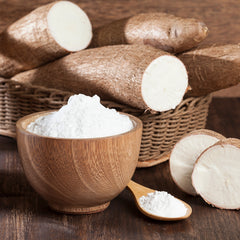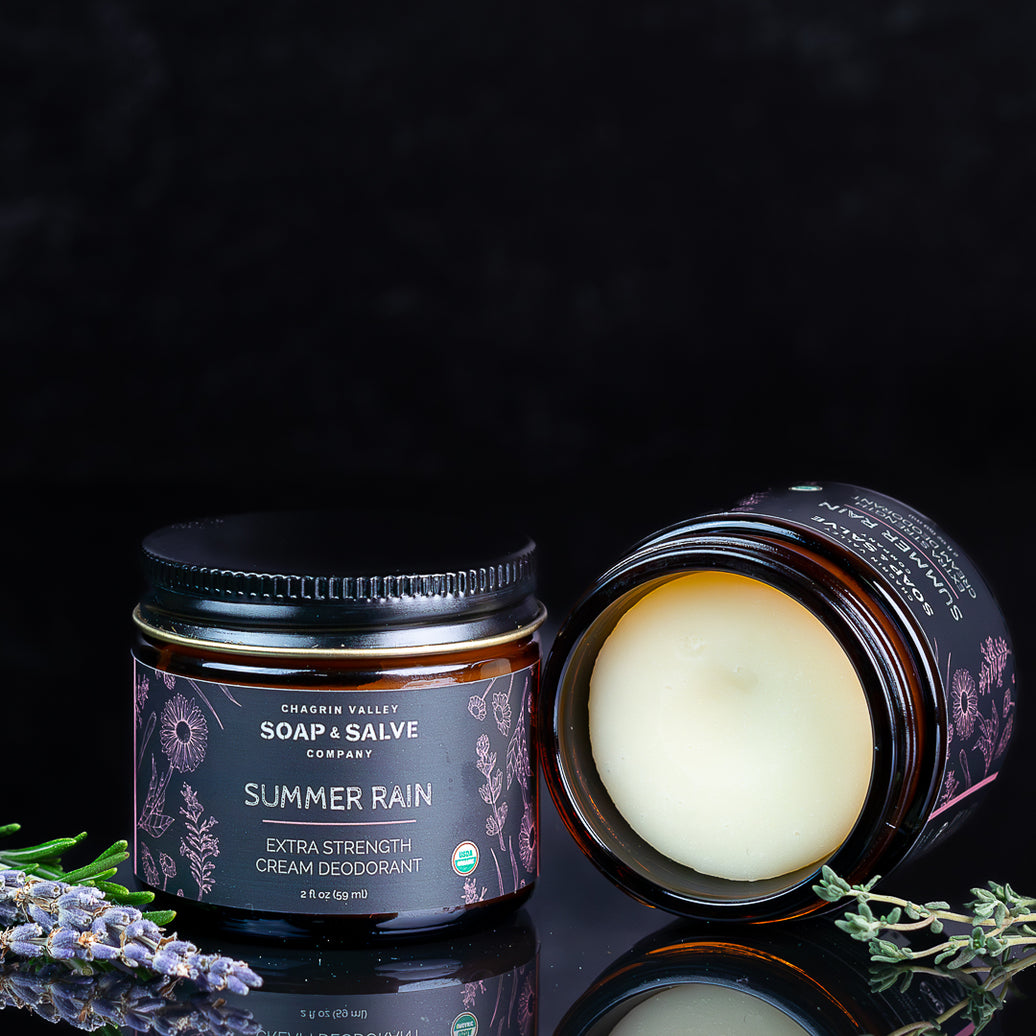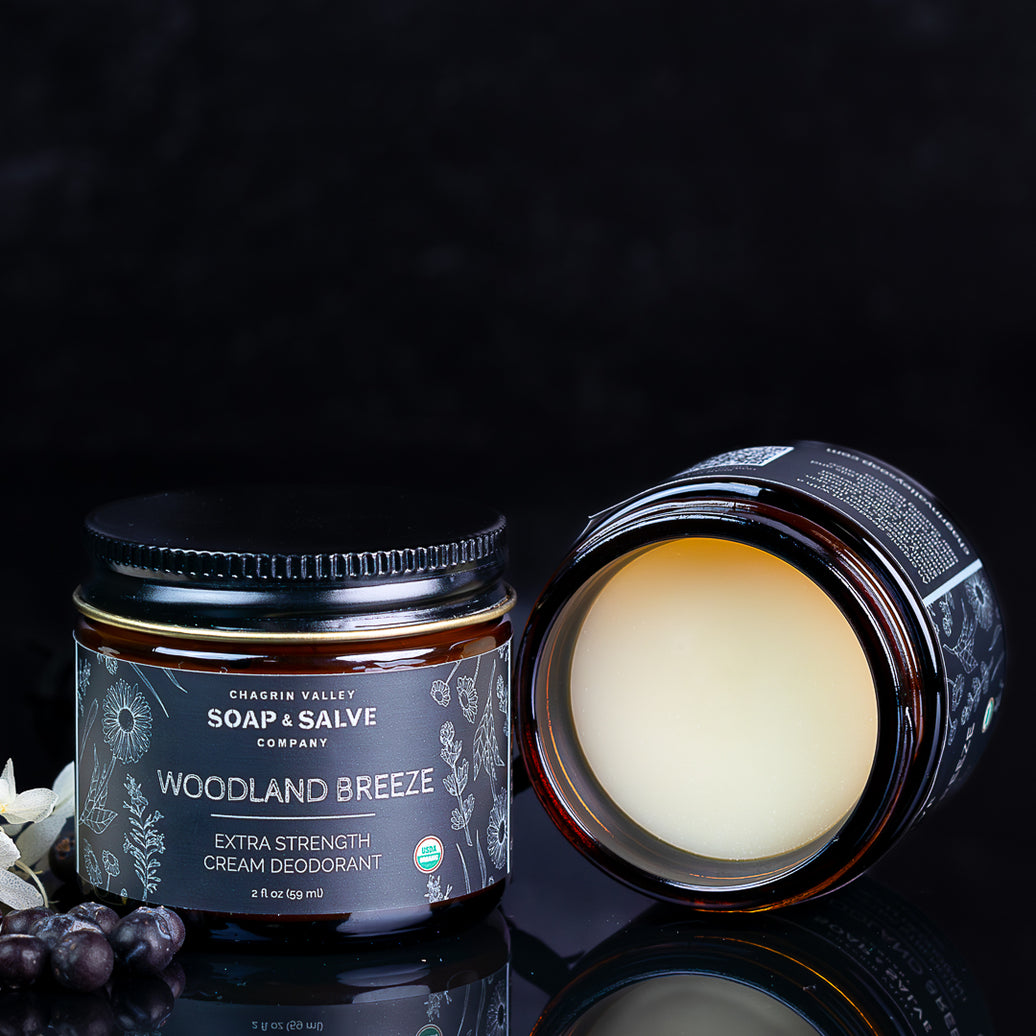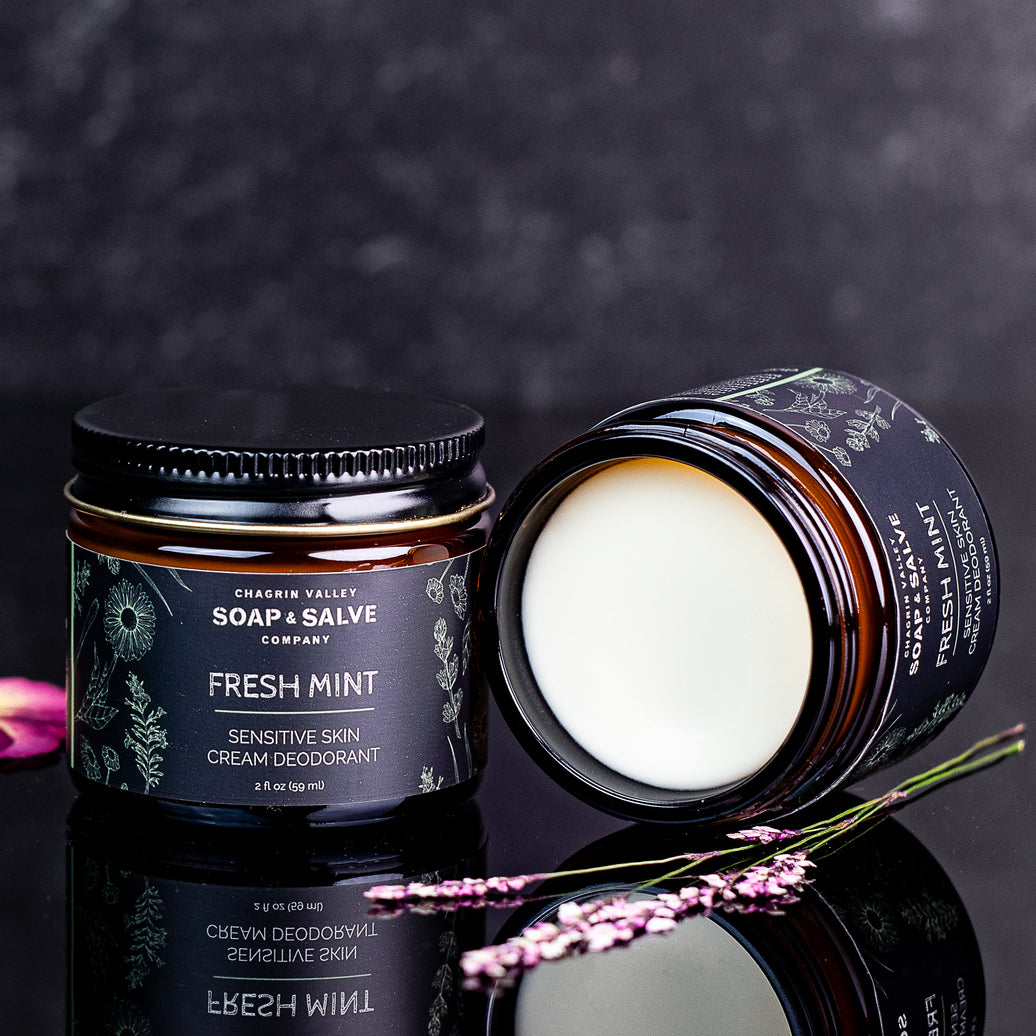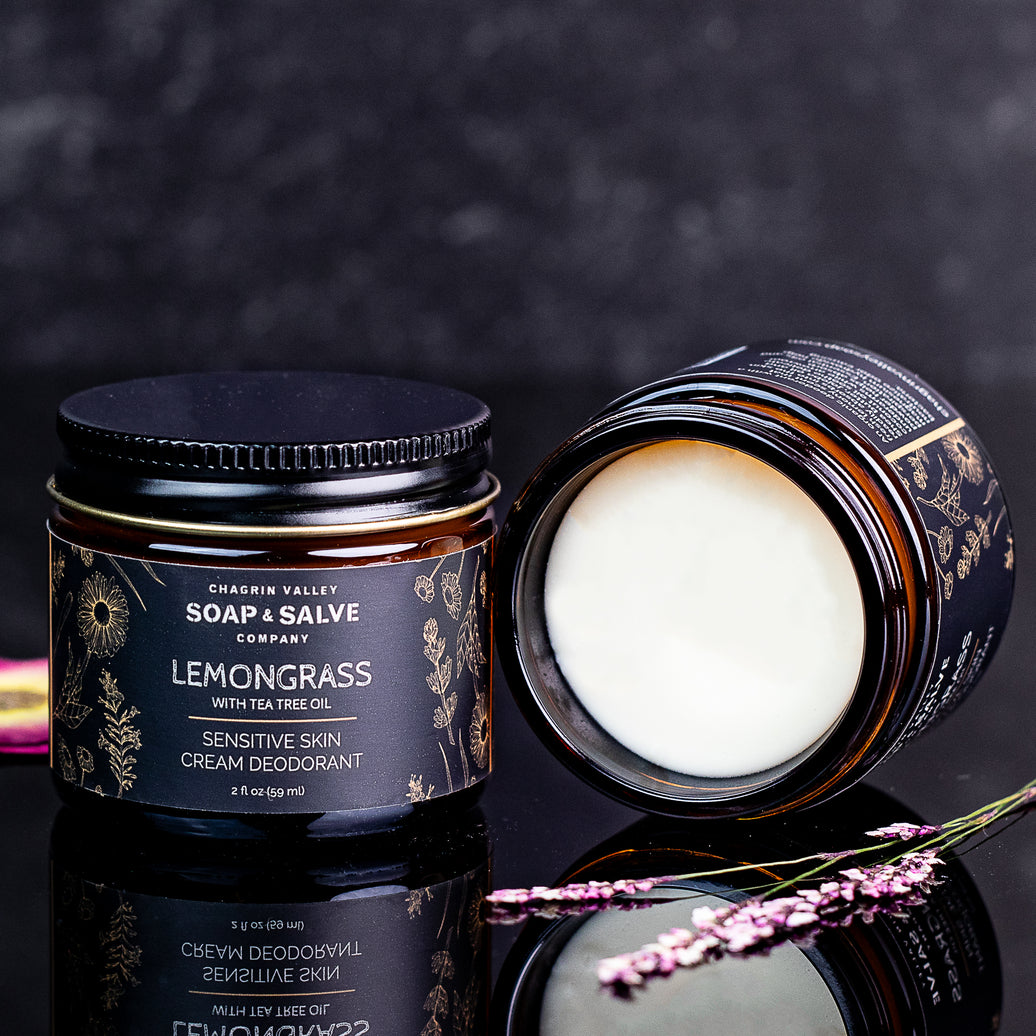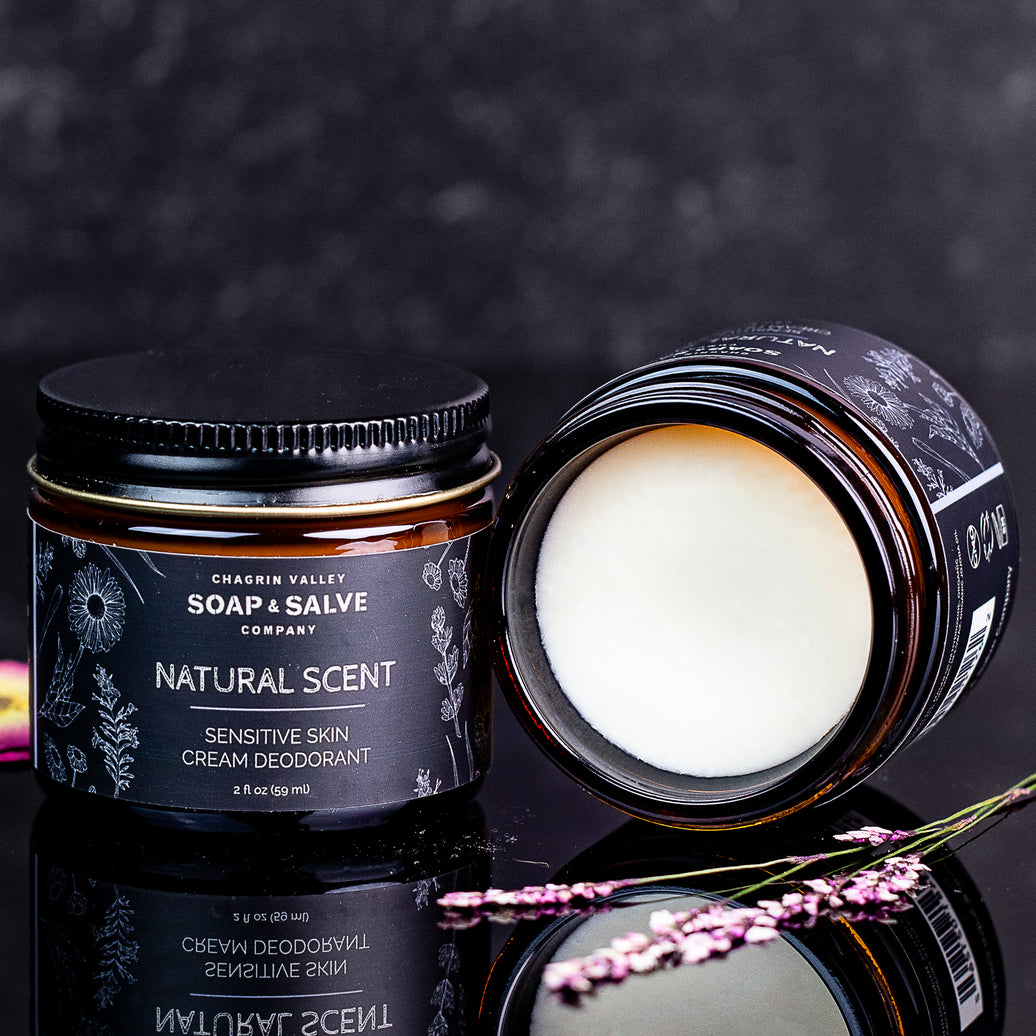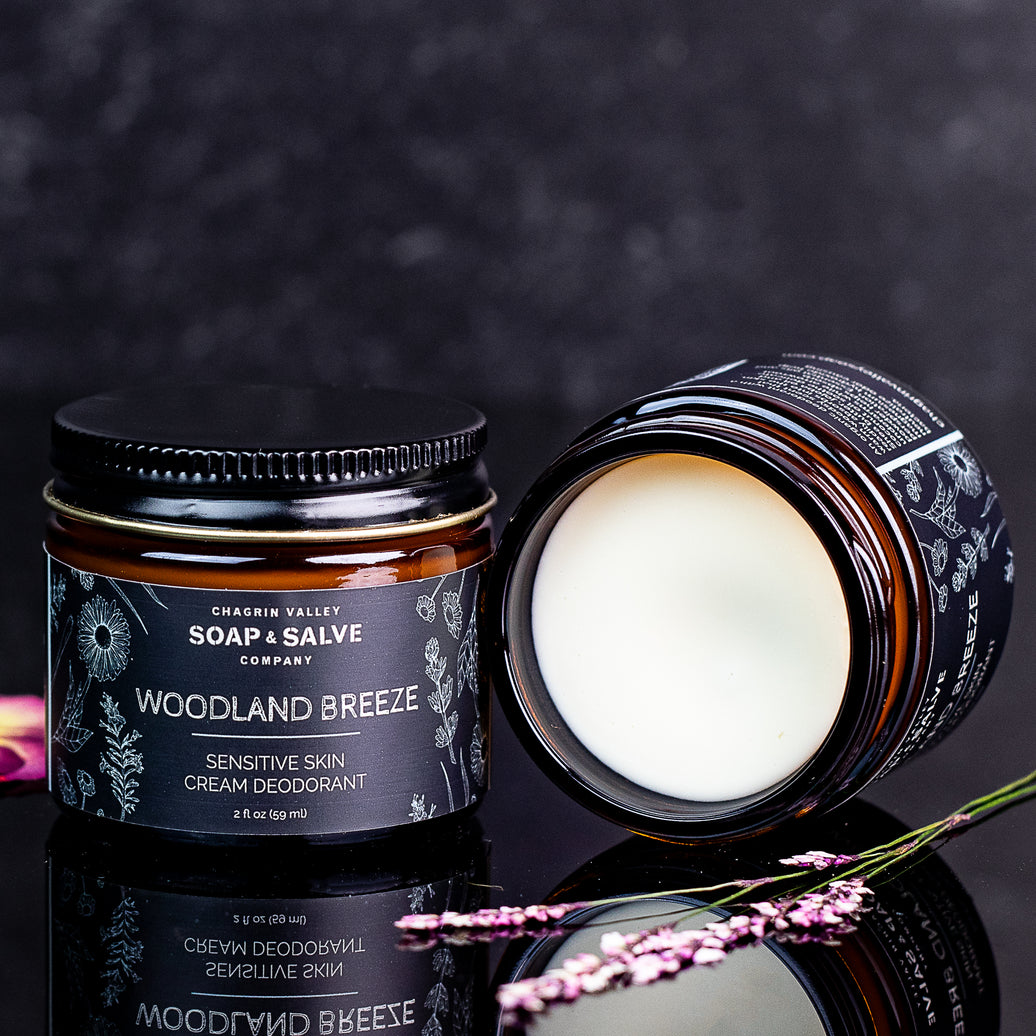Tapioca Flour is a starch extracted from the root of the cassava plant (Manihot esculenta). Native to Brazil, it is now cultivated worldwide. The cassava root is a gluten-free product. It is often used in cooking as a replacement for cornstarch in thickening puddings and sauces.
In herbal medicine, the roots are made into a poultice and applied to the skin as a treatment for skin irritations.
It is a highly absorbent powder, imparts a silky texture to body creams, and helps decrease the oily feeling of natural oils and butters. It has a very fine, velvety soft texture, and its absorbent properties make it a great base for body powders and dry shampoos, where it absorbs sweat and skin or scalp oils and can act as a gentle natural deodorant/antiperspirant.
Tapioca helps calm skin irritations, is good for all skin types and is particularly gentle on sensitive skin, making it ideal for baby care products. It is great substitute for cornstarch as well as a natural replacement for talc.
All tapioca flour (starch) is not created equal. The tapioca sold for cosmetic use is often “modified tapioca starch,” because it does not clump and flows more easily. This form of tapioca is often modified with a silicone to give it more slip. The biggest concern when using any modified food starch is that there is virtually no way to know what chemicals were used to "modify" it or what trace chemical contamination remains in the product. Our organic tapioca flour is not “modified.”
What is the Difference Between Tapioca Flour and Cassava Flour?
Both flours come from the same plant, but the since the processes to make them is different they result in different types of flours.
Cassava flour uses the whole blanched part of the cassava plant (Manihot esculenta). The whole root is peeled, dried, and ground to create a flour with a fine texture and a nutty taste which is an excellent substitute for recipes that use wheat flour.
Tapioca flour is made up of only the starchy part of the plant. To make tapioca flour the root is grated and rinsed, leaving behind starchy water. When the water evaporates, it leaves a white residue, which is the tapioca flour. Unlike cassava flour, it has no flavor and is very similar to cornstarch.
Tapioca, Arrowroot & Yucca?
Cassava is also called yuca (only one "c"), manioc, or Brazilian arrowroot. The term Brazilian arrowroot can be confusing, as cassava is not used to make arrowroot starch, which comes from West Indian arrowroot or Maranta arundinacea.
The name yuca is commonly confused with yucca. Yucca which is not a root vegetable but an evergreen shrub and is entirely different from cassava.
